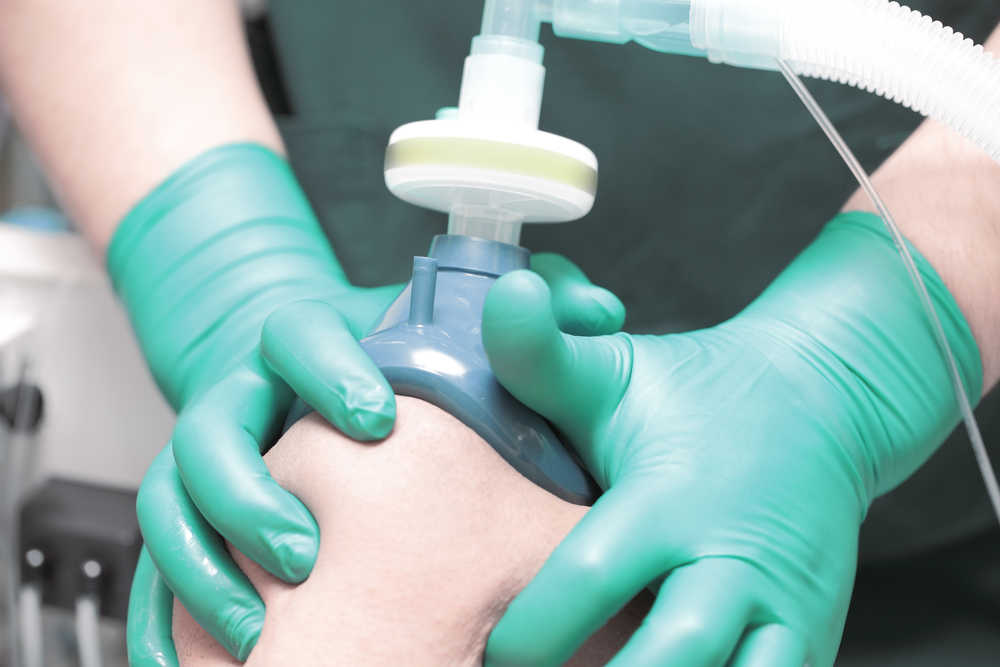Focus on ventilation and airway management in the ICU

EJRC Article Review
Focus on ventilation and airway management in the ICU
In the Intensive Care Unit (ICU), despite technological advances, airway and ventilation management remains a challenge for the intensivist, often resulting in high morbidity and mortality. In recent years, there has been an increase in noninvasive support strategies to avoid intubation, in particular the use of Non Invasive Ventilation (NIV) and High-Flow Nasal Cannula (HFNC). Current recommendations related to the prevention and management of acute respiratory failure (ARF) includes the use of NIV, prompting an increase in the overall use of this strategy, in particular in pre-ICU and post-extubation settings.
Recent large randomised controlled trials report new evidence for different indications in hypoxaemic ARF for NIV compared to standard oxygen therapy or HFNC, for example, in postoperative patients with hypoxaemic ARF following abdominal surgery. In these patients, NIV reduced the risk of tracheal reintubation as well as the incidence of nosocomial infection compared to standard oxygen therapy (1). A recent study indicated that the choice of interface may be important during this kind of ventilation. Patel B.K. et al. (2) found that with acute respiratory distress syndrome (ARDS) patients, treatment with helmet NIV versus facemask was associated with a significant reduction in rates of intubation and mortality. Further large multicentre studies are necessitated to confirm these findings.
As noted, the use of HFNC is also becoming increasingly common and is not considered to be inferior to NIV for preventing reintubation and post-extubation ARF. New evidence suggests that HFNC could be used in ARF de novo, including in immunocompromised patients, and additionally during preoxygenation. This strategy, recently reported by Jaber S. et al. (3) combines the features of NIV and HFNC coupling (OPTINIV) to reduce respiratory complications of intubation, finding better efficacy in reducing oxygen desaturation in severely hypoxaemic patients than the reference method of NIV alone. Though, HFNC (FiO2 = 100% and a flow of 60 L/min) enables the continuous delivery of oxygen during the passage of the orotracheal tube through the mouth (apnoeic oxygenation) vs NIV.
Other therapeutics have recently been developed that may help to avoid or minimise the need for mechanical ventilation. Among these, one must not forget the ever less marginal role of ExtraCorporeal Membrane Carbon Dioxide Removal (ECCO2R), particularly in patients with hypercapnia and obstructive disorder. ECCO2R is of potential interest and remains to be assessed at each stage of airway and ventilatory management of the ICU patient.
When intubation for invasive mechanical ventilation is required it is fundamental to protect the lung during ventilation and prevent ICU-acquired weakness. The concept of “protective ventilation” was developed as a strategy to prevent worsening of lung injury and includes the concepts of low tidal volume, plateau pressure of 30 cmH2O or less, driving pressure above 13 cmH2O, in addition to the “mechanical power” concept, developed by Gattinoni et al. (4). This equation can be used to estimate the contribution of the different ventilator-related causes of lung injury and their variations.
In conclusion, it is important to be mindful that the goal of any airway and ventilation management strategy is the avoidance of mechanical ventilation or timely removal of the tube to ensure the least potential harm to the patient, so it is therefore essential to choose the best individual strategy for each patient.
Article review was prepared and submitted by NEXT EJRC member Temistocle Taccheri, Department of Anaesthesiology and Intensive Care Medicine, University of Sacred Heart A. Gemelli School of Medicine, Rome.
References
- De Jong, A Citerio, Jaber S. (2017) Focus on ventilation and airway management in the ICU. Intensive Care Med. 2017 Oct 29. doi: 10.1007/s00134-017-4982-y;
- Patel BK, Wolfe KS, Pohlman AS, Hall JB, Kress JP (2016) Effect of noninvasive ventilation delivered by helmet vs face mask on the rate of endotracheal intubation in patients with acute respiratory distress syndrome: a randomised clinical trial. JAMA 315:2435–2441;
- Jaber S, Monnin M, Girard M, Conseil M, Cisse M, Carr J, Mahul M, Delay JM, Belafia F, Chanques G, Molinari N, De Jong A (2016) Apnoeic oxygenation via high-flow nasal cannula oxygen combined with non-invasive ventilation preoxygenation for intubation in hypoxemic patients in the intensive care unit: the single-centre, blinded, randomised controlled OPTINIV trial. Intensive Care Med 42(12):1877–1887;
- Gattinoni L, Tonetti T, Cressoni M, Cadringher P, Herrmann P, Moerer O, Protti A, Gotti M, Chiurazzi C, Carlesso E, Chiumello D, Quintel M (2016) Ventilator-related causes of lung injury: the mechanical power. Intensive Care Med 42:1567–1575.